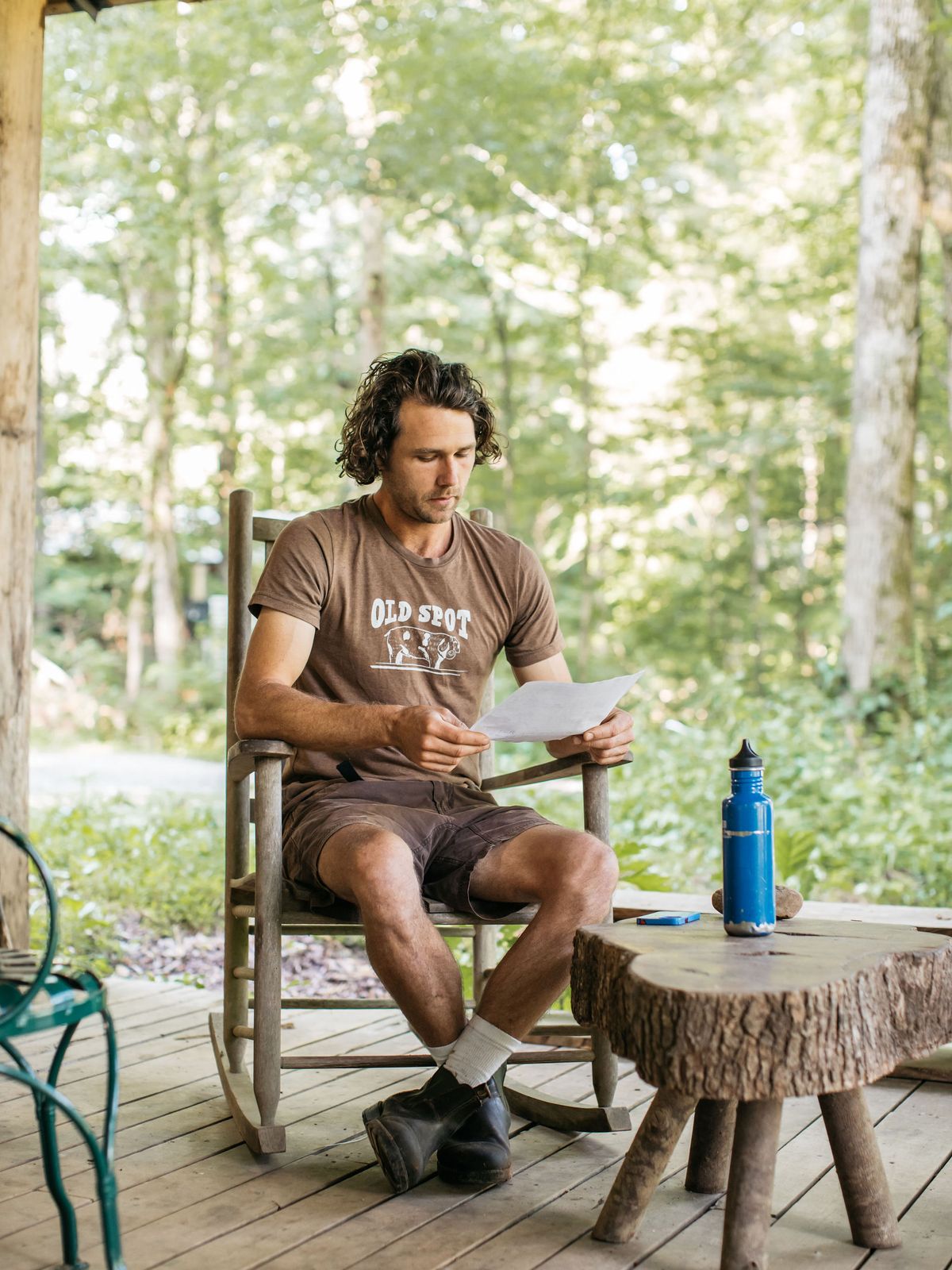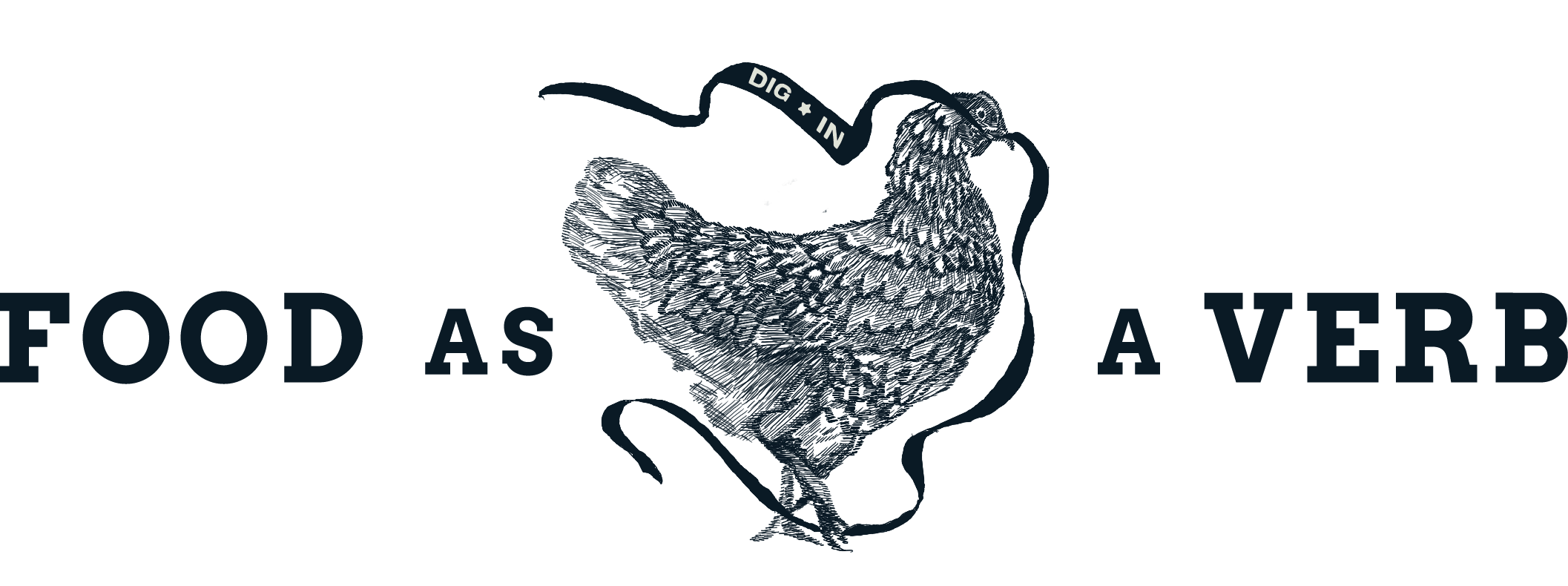What happens when you get farmers, producers and buyers in a room? Well, pretty much everything.
"It was amazing," one farmer said.

This is the meeting that started the pilot that started it all.
A few Fridays ago, something really special happened in Sewanee, Tennessee.
Gathered around five or six round tables inside a Methodist church, a group of regional farmers, growers and producers met with buyers and grocery store owners.
The day's goal: to plan out next year's growing season.
Unfortunately, I went there alone; Sarah had prior commitments, so unless you want to see cellphone photos with my thumb covering the corner, you'll have to imagine this as it happened and, better yet, what could happen in years to come.
Picture a packed room of farmers, restaurant owners and grocery store buyers, all of whom are building relationships, connections and securing the process of growing-harvesting-delivering-preparing-serving local food.
Which farmers will grow which crops?
And how much will each grocer or restaurant owner purchase? And in what amount? And at what price?
It's called the Coordinated Crop Production Planning (CPP) initiative. The 2024 growing season is the pilot year. It felt like an agrarian combination of speed-dating, Wall Street and auction, all inside a Methodist fellowship hall.
- We're looking for 22 pounds a week of kale. Anybody?
- Our farm can grow it.
- Good. Ok, then: what type? Red Russian? Curly? Lacinato?
Instead of farmers planning their growing season (and income) on a best-guess wisdom, they're instead able to know months in advance exactly how much produce will be purchased from them.
It also allows restaurant and grocery owners to plan out to the literal week the produce they can sell and feature. The CPP pilot secures a relationship that's often too informal and unpredictable.
Thankfully, all this trickles down to us: the consumers, the eaters, the local food lovers.

The CPP convenes "growers and local food buyers before the growing season to coordinate and plan together with the goal of reducing the supply-demand fluctuations and risks inherent in selling locally-grown products wholesale," said Emma Chapman Busby.
Busby is the chapter coordinator for the Southeast Tennessee Young Farmers Coalition. To start the pilot, she and chapter president Jess Wilson invited Anthony Flaccavento, director of Rural Urban Bridge Initiative in Virginia and a veteran of such work, to lead the Friday workshop.
With a spreadsheet projected onto the screen, they went vegetable by vegetable.
"How close can we get to 35 pounds per week of baby greens?" Flaccavento asked the room.
- Starting in April, how much do you think you can supply per week?
Ten pounds.
Excellent.
In perpetuity?
Yes.
- Anybody else interested in beets? Ok, carrots? How big are your baby lettuce leaves? Two to four inches? Three to five? Restaurants and buyers want it bite-sized; they don't want to process it much at all.
- Anybody in the room have an asparagus patch? You could probably sell around 30 pounds in the first hours. You've got restaurants that would gobble it all.
- Good quality zucchini? Green, golden, striped, Italian?
They set prices. Discussed delivery logistics. Buyers committed to purchasing. Farmers to growing.
- "The standards are dictated by the buyers," he told the farmers. "Grow for market. And understand the standards and grow for it. And understand expectations for post-harvest."
- "If you sell $1000 worth of produce a week, that sounds pretty good. But if that is broken up into three deliveries and each takes 150 miles round-trip ..."
Buyers at the meeting included Gaining Ground Grocery in Highland Park and Sewanee's Roots Rated online market. Busby said they've discussed the pilot with larger buyers and regional restaurants.
"It was amazing," said Brad Smith, days after the event. (Brad and Tara Smith operate a Fresh Tech Growers, a aeroponic farm in Cleveland that Food as a Verb will be visiting this winter.)
"There is a lot of interest in cross farm collaborations," Wilson said. "Taking this step first is hopefully a way to prove the benefit of cross farm collaboration and open up the potential for larger collaborative projects."
What can the rest of us to do help?
"Continue to be an informed and understanding supporter, advocate and purchaser of local food," she began. "The many, many barriers to small-to-mid-sized farm viability, how seasonality affects availability, why a naturally-grown apple will likely have some spots, and that locally-grown produce is more expensive because it reflects the true price of food ... Local food is better for the environment, the local economy and both individual and community health. People are starting to get that and are demanding that real food be made available where they live and work."

This Sunday is Diwali, as Hindus across the globe – and here regionally – celebrate the Festival of Lights, considered India's most precious day of the year.
In advance of Sunday feature, we leave you with a question to consider:
What does Indian food mean to you?
Until then, have a most wonderful week. As always, thanks for your support,
David and the Food as a Verb team
All photography by Sarah Unger. Visit SarahCatherinePhoto.com
Story ideas? Interested in sponsorship opportunities + supporting our work? Feedback or questions? Email David Cook at david@foodasaverb.com. This story is 100% human generated; no AI chatbot was used in the creation of this content.
Food as a Verb thanks our sustaining partners for their generous support.




For more than 25 years, Lupi's has served locally-sourced, creatively-made, award-winningly delicious pizza pies from five nearby locations. Niedlov's Bakery & Cafe, a Main St. anchor, has elevated our city's bakery experience to new levels while strengthening community in immeasurable ways. Tucker Build offers Chattanooga a construction firm made up of design-build experts specializing in the planning, building and managing process. Main Street Meats is a modern neighborhood butcher shop and restaurant in Chattanooga’s Southside deeply committed to animal care, local farms and land stewardship that promises an experience “as farm-to-table as it gets.”
